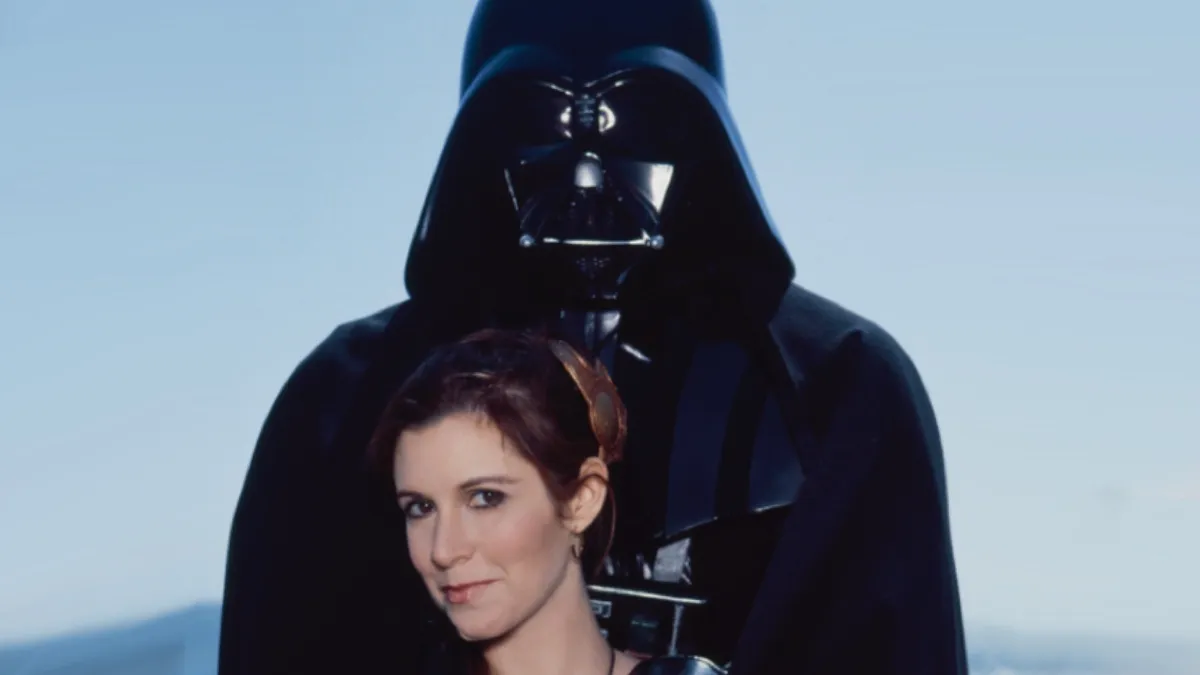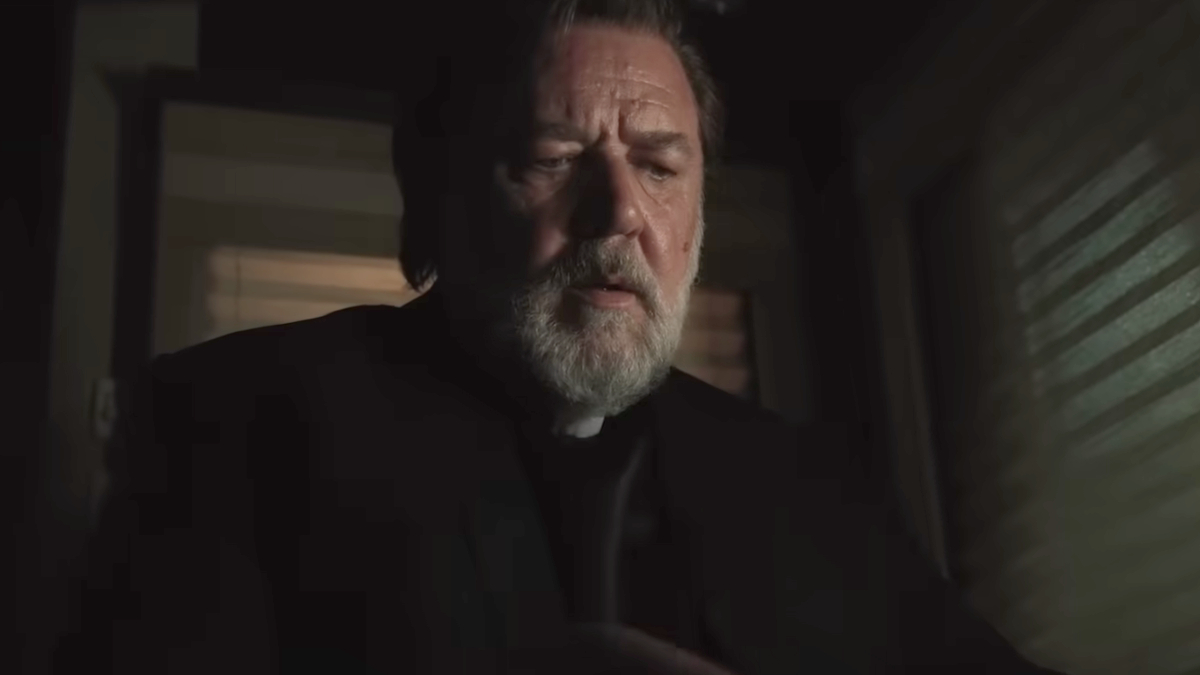
Feral forest children with pitchforks for hands. NYC visitors on foreign country turf. Choreographed dance numbers to Andy Grammer’s “Honey, I’m Good.” These are the supposed horrors of Glenn Douglas Packard’s Pitchfork, a new-age slasher film with a barnyard twist. The intent is to create a new breed of slasher icon worth fearing – this “Pitchfork” fellow – but the result is, without argument, an expected January release that silently comes and goes. What starts with a traveling band of “super-woke” city stereotypes ends with the impact of a size 72 font *shrug* emoji, lost amidst stale dialogue, misguided “emotionality” and a base-value representation of “horror.” It’s the kind of genre brand that kills people and assumes it’s enough, while supplemental material is nothing but throwaway repetition.
The film follows a diverse group of friends who travel many miles just to support their friend Hunter (Brian Raetz), since it’s the first time he’s seeing his parents after coming out (via phone). Hunter is unsure of how his homecoming will be received, so he promises a barn dance for any buddies who make the trip. Two couples (jock/nice girl, sweetheart/sweetheart), a “gamer nerd” and another female “couple” (presented like one, but not?) accompany Hunter, but their compassion is only met with pain. As their promised party winds down, a killer begins stalking the friends one by one. The murderer cannot speak, has a pitchfork where one hand should be, wears an animal mask and is hellbent on killing everyone. Can Hunter save his friends before it’s too late?
Spoiler alert: He can’t, and unfortunately, no one can. The film operates as a slasher machine with creaky, un-greased wheels, barely held together by duct tape and chewed gum. Scenes feel incredibly unnatural (why are characters always album-cover posing?), deaths are unpolished and production is – well – beyond lackluster, we’ll say. The film just doesn’t understand how to deliver characters worth investing in, and fakes emotion with a disturbing severity.
Case and point: one of the first characters to go is a pregnant minority, and we don’t even know she’s pregnant until minutes before her demise. Like we’re supposed to feel SUPER bad that she’s dead because of this quick info-bomb? There’s no moral undertone or worthwhile motive for such a savage killing besides trying to score a quick “WTF” moment, disconnected in its want to torment. It’s decisions like these that set a sour, unsavory tone.
Not that there’s any horror to be found, anyway. The film’s most memorable – and confusing – scene is a fully-choreographed dance sequence set to country foot-stomper “Honey, I’m Good.” It is…beyond strange. Out of nowhere, the confident, sexy females of Pitchfork burst onto Hunter’s front poach, strike a “bad girls” pose and then – like some drunken blackout time-warp – we end up inside a brightly lit barn with dancing kids. This isn’t to establish a party that gets cut short by “Pitchfork.” This is a full-blown musical number with a bunch of hopeful dancers showcasing moves that will land them better jobs (Packard is a choreographer, hint hint). Zero tonal cohesion. No entertainment value. Just this over-saturated, neon-lit Step Up transition that belongs nowhere near a genre movie – and now you know the kind of poor tonal decisions that are made throughout this hopeful iconic slasher.
Although, the impromptu song-and-dance number is just one tiny guffaw. Bigger issues simply can’t be laughed away, like a drastic lack of horror and absolutely atrocious dialogue between exaggerated characters (“TAKE TWO TYLENOL AND CALL ME IN THE MORNING” – like, as a serious post-kill quip). The killer, “Pitchfork,” is given a backstory, but it’s lacking and dull. Production values can’t get around the indie nature of hidden practical effects techniques, as blood spurts are obviously coming from something being held JUST off screen enough. The film looks – and feels – like what cinema aficionados would stereotype as a “film school project.” Packard’s intentions are pure, but execution lacks that finished and restrained feeling needed to properly deliver a killer whose hand is a pitchfork. I mean, points for making a horror film that’s established with a pro-LGBT message, but slasher dynamics never give horror fans a reason to get excited – especially while wincing through poorly-delivered lines and silly remarks.
Unfortunately for Pitchfork, a new breed of evil is not born here. Choices cut tone and shift momentum throughout too many scenes, while performances leave more than something to be desired. Crisp cinematography jumps to Go-Pro views for no reason, jokes fall flat and scares are buried under haystacks. Even for indie horror, this is still pretty low on the totem poll of necessary watches for genre fans. You’ve seen it all before, slasher fans – don’t say I didn’t warn you.






